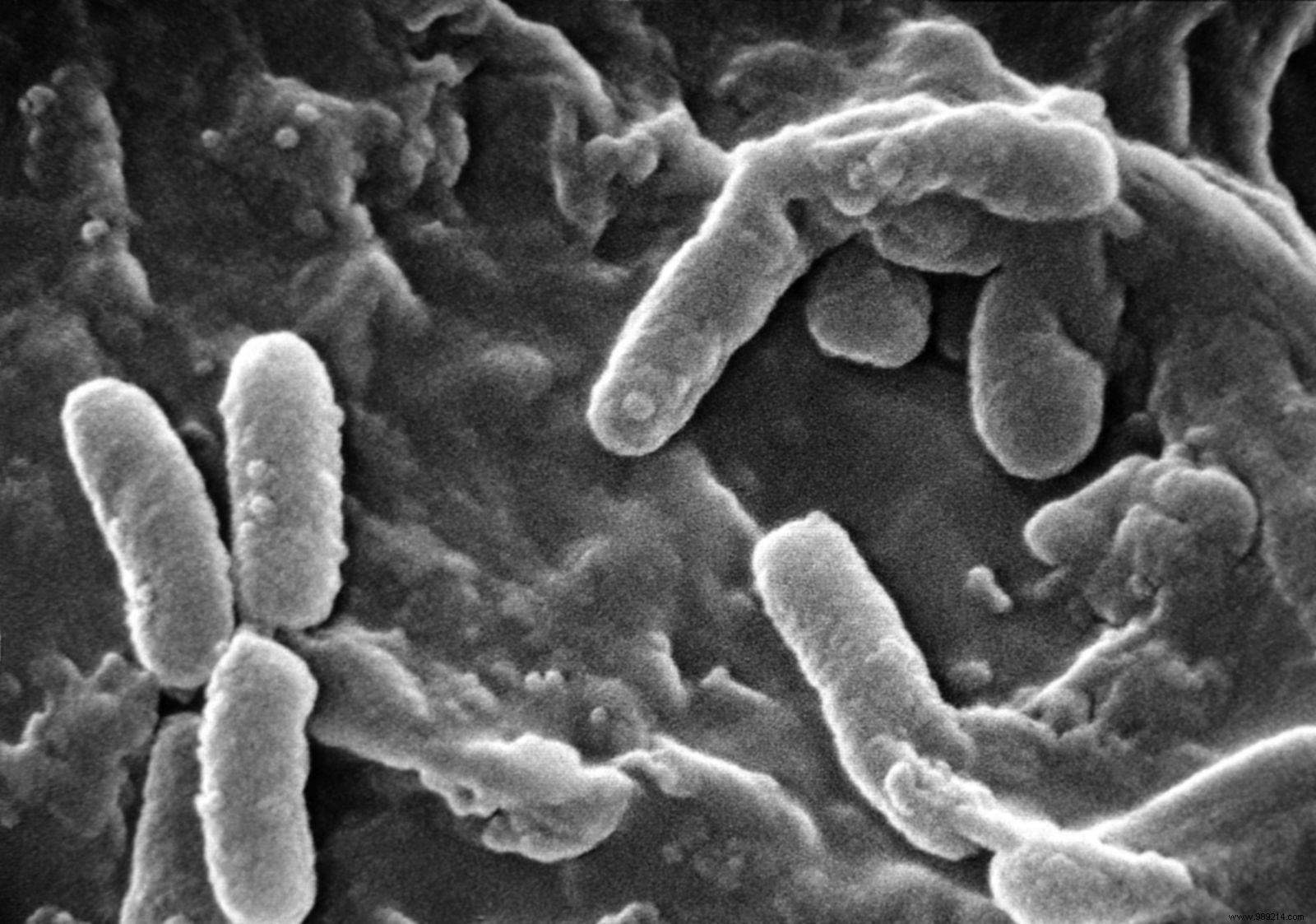A new algorithm has recently made it possible to identify a new antibiotic molecule that is particularly effective. Something to revolutionize the fight against super bacteria.
Developed in the 1920s, antibiotics have saved millions of lives by effectively fighting bacteriological diseases. But nature keeps adapting. By dint of using it, some bacteria have then evolved to develop resistance . This is why many treatments, which still worked a few years ago, no longer have any effect today.
And this is a real public health problem. According to some estimates, these super bacteria could indeed kill up to 10 million people by 2050 if nothing is developed to counter them again.
To fight against this resistance to antibiotics, it is therefore necessary to find new effective molecules. But identifying this type of compound is an expensive undertaking, and the process is extremely time-consuming.
Under these two constraints, therefore, research tends to focus only on a narrow spectrum of chemical compounds. As a result, new treatments developed in recent years all tend to be similar to currently available drugs .
If we want to fight antibiotic resistance effectively, then, we need to find a way to quickly identify new compounds in a relatively short time. This is where artificial intelligence (AI) comes into play.

For these works, published in the journal Cell , Regina Barzilay, and James Collins of MIT trained a new machine-learning algorithm to recognize the characteristics that make compounds effective in killing E. coli .
Once the algorithm was trained, the researchers presented it with another database containing approximately 6,000 pharmaceutical compounds. Sifting through them, the computer program quickly identified a drug known as 'Halicin “.
Currently, this compound is being studied by some laboratories with the aim of developing a potential new treatment for diabetes. But based on its chemical properties, the machine learning system also predicted that it could also be exploited as an antibiotic.
To find out, the two researchers presented this molecule to several resistant bacteria in Petri dishes. Within a few hours, all the stumps had been destroyed , except for one.
The researchers then went a step further, relying on halicin to treat mice infected with a strain of the bacterium A. baumannii resistant to all known antibiotics. And again, the strain was completely eliminated in less than 24 hours. Such results, in the current health context, are truly unexpected.
“We wanted to develop a platform that would allow us to harness the power of artificial intelligence to usher in a new era of antibiotic drug discovery , said James Collins. Our approach revealed this amazing molecule which is arguably one of the most powerful antibiotics ever discovered .
To explain this effectiveness, the researchers suggest that this compound works through different biological mechanisms of those currently used, to which bacteria are ultimately not accustomed.
Further analysis also revealed that the compound would not be toxic to human cells. The researchers therefore plan to continue their work with the aim of setting up the first clinical trials quickly.
Source
Related articles: